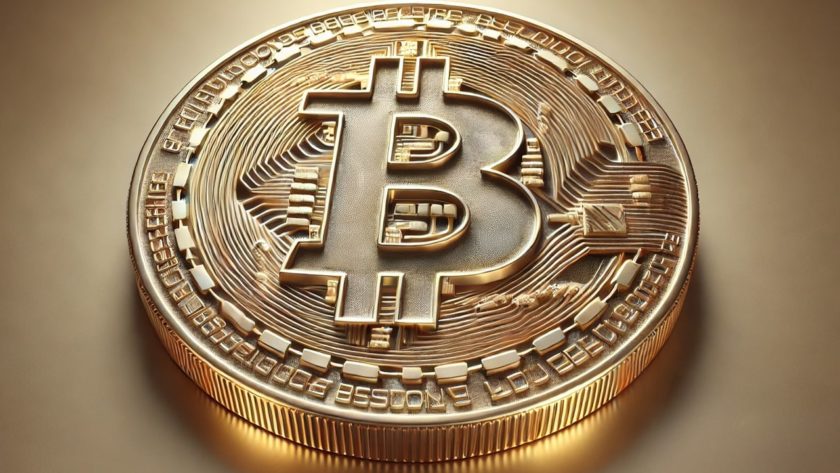- The Fed’s buying spree of mortgage-backed securities has driven interest rates to historic lows.
- Forbearances have saddled lenders with a $1 trillion burden.
- Lenders are coping by imposing stricter borrower conditions that will inhibit the housing market’s ability to sustain a recovery.
The Federal Reserve’s response to the pandemic has driven mortgage interest rates to lows the housing market has never seen.
But while the government intended to stave off a crisis in residential real estate, the central bank’s efforts have produced some unexpected consequences.
The Fed Is Buying Boatloads of Mortgage-Backed Securities
As part of the Fed’s efforts to keep the U.S. economy afloat, the central bank has been busy buying mortgage-backed securities (MBS). These securities are composed of mortgages bundled together and sold as an investment vehicle.
In recent weeks, the Fed’s MBS buying activity has outpaced purchases during the housing market crisis in 2008.
A look at the 30-year fixed-rate mortgage market reveals that interest rates stand at a historic low of 3.24%. For 15-year fixed-rate loans, the average rate has fallen to 2.7%.
Plummeting interest rates should theoretically whip up demand and ignite a new bull cycle in the housing market.
But the government’s actions have created an environment where lenders are reluctant to approve loans for all but the most qualified applicants.
The March Relief Bill Created a Credit Crunch in the Housing Market
At the height of the pandemic, Congress enacted a bill that allowed homeowners to defer payments for up to a year without penalty. The policy left mortgage servicers with very little choice but to take on the burden.
Data released by Black Knight shows that as of last week, homeowner forbearance accounted for nearly 10% of all active mortgages – approximately 4.75 million loans. Loans in forbearance currently equate to over $1 trillion in unpaid principal.
In short, lenders are not getting paid. So to cope with the situation, they’ve enforced stricter borrower requirements.
The Wall Street Journal reports,
Mortgage availability has tightened sharply as lenders impose tougher income, credit-score and down-payment conditions and drop some loan types altogether, such as home-equity lines of credit.
CNBC reports that lenders have begun prioritizing income over credit scores. Not that long ago, this would have seemed like a bullish indicator for the housing market. After all, the unemployment rate was just 3.5% as recently as February.
But with 38.6 million Americans already filing for unemployment insurance in the past nine weeks alone, it is improbable that we’ll see a home-buying boom anytime soon.
Disclaimer: This article represents the author’s opinion and should not be considered investment or trading advice from CCN.com.
This article was edited by Josiah Wilmoth.




